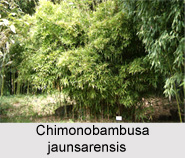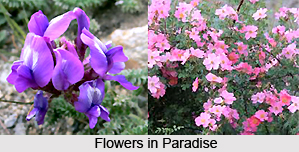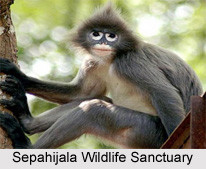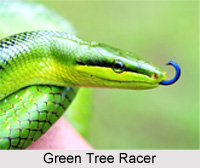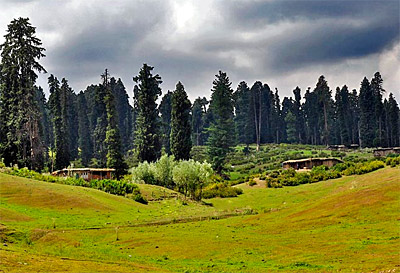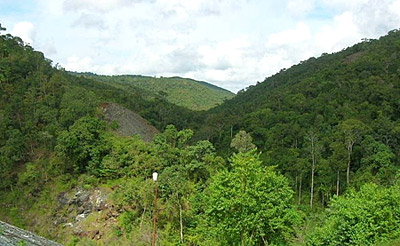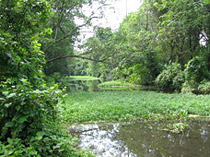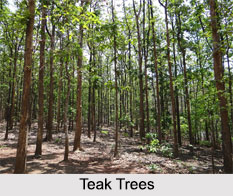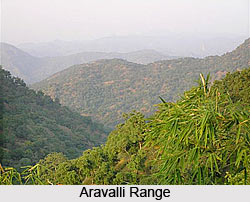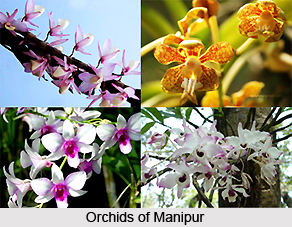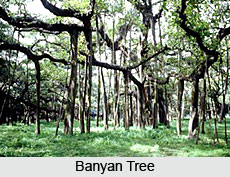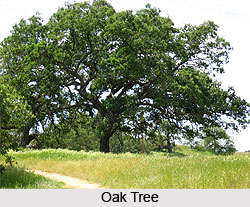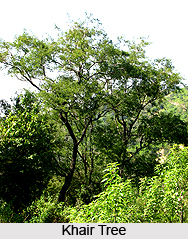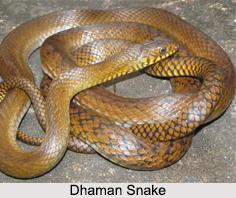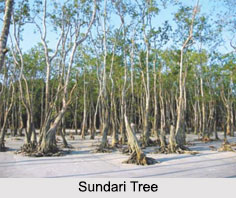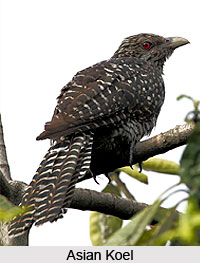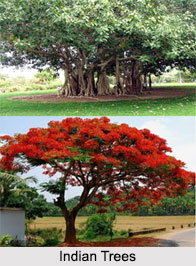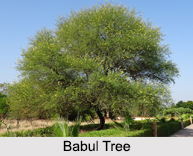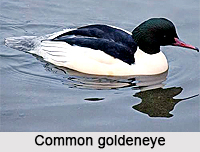 Common Golden Eye is an Indian bird with a scientific name "Bucephala clangula" is a medium-sized sea duck of the genus Bucephala, the Golden Eyes. Their closest relative is the similar Barrow`s Golden Eye.
Common Golden Eye is an Indian bird with a scientific name "Bucephala clangula" is a medium-sized sea duck of the genus Bucephala, the Golden Eyes. Their closest relative is the similar Barrow`s Golden Eye.
Genders of Common Golden Eye
The adult males range from 45-52 cm and from 888 to 1,400 gram, while females range from 40-50 cm (16-20 in) and from 500 to 1,182 g. The species is named for its golden-yellow eye.
Structure of Common Golden Eye
The adult males of Common Golden Eye have a dark head with a greenish gloss and a circular white patch below the eye, a dark back and a white neck and belly. Adult females have a brown head and a mostly grey body. Their legs and feet are orange-yellow.
Breeding of Common Golden Eye
The breeding habitat is the taiga. They are found in the lakes and rivers of boreal forests across Canada and the northern United States, Scandinavia and northern Russia. They are migratory and most winter in protected coastal waters or open inland waters at more temperate latitudes. Naturally, they nest in cavities in large trees. They will readily use nest boxes, and this has enabled a healthy breeding population to establish in Scotland where they are increasing and slowly spreading with the help of nest boxes.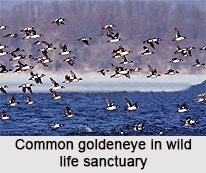 They are usually quite common in winter around lakes of Britain and some are being encouraged to nest in nest boxes which are put up to try to have them there all year round.
They are usually quite common in winter around lakes of Britain and some are being encouraged to nest in nest boxes which are put up to try to have them there all year round.
Eggs of Common Golden Eye
The average egg size is a breadth of 43.3 mm, a length of 59.3 mm and a weight of 64 gram. The incubation period ranges from 28 to 32 days. The female does all the incubating and is abandoned by the male about 1 to 2 weeks into incubation.
Nesting of Common Golden Eye
The young Common golden eye remains in the nest for about 24-36 hours. Brood parasitism is quite common both with other common Golden Eyes as well as with other duck species, and even tree swallow and European starling eggs have been found mixed with Golden Eye eggs. The broods commonly start to mix with other females` broods as they become more independent. Golden Eye young have been known to be competitively killed by other Golden Eye mothers, common loons and red-necked grebes. The young are capable of flight at 55-65 days of age.
